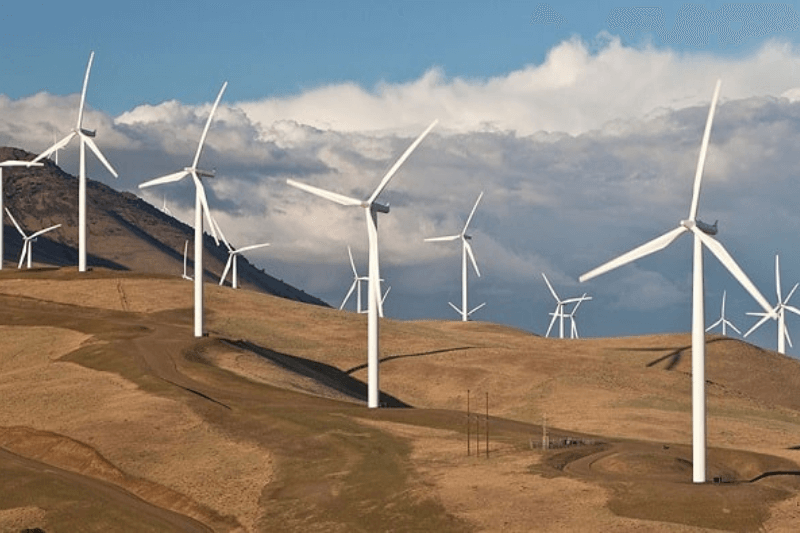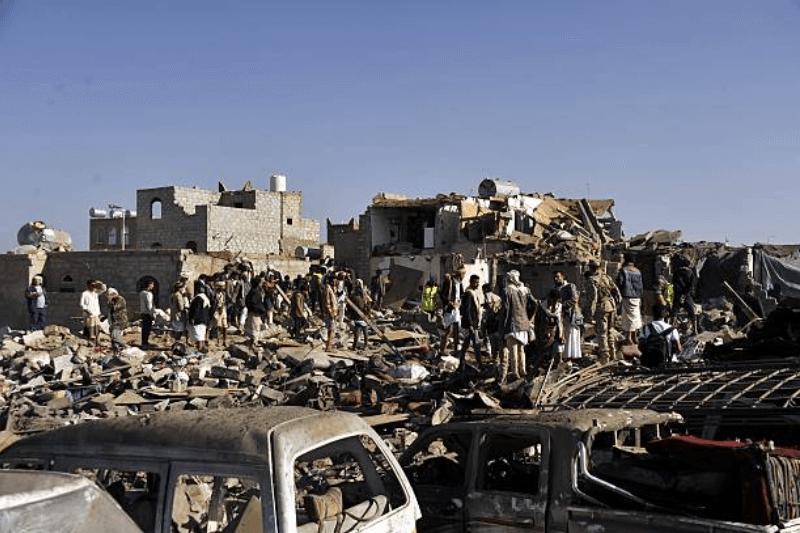
UAE Launches First Wind Farms In Bid To Diversify Energy Mix And Meet Net Zero Goals
As the UAE intensifies efforts to achieve net zero emissions by the middle of the century and diversify its energy mix, it has launched its first wind programme.
Abu Dhabi clean energy company Masdar has developed the 103.5 MW landmark wind project across four locations, including Delma Island and Sir Bani Yas Island.
The project is expected to power more than 23,000 homes a year and displace 120,000 tonnes of carbon dioxide – equivalent to removing 26,000 cars from the road annually.
UAE All Set To Host COP28 Summit In Dubai
“The world must triple renewable energy capacity by 2030 to meet the Paris Agreement goals,” said Dr Sultan Al Jaber, COP28 President-Designate and Chairman of Masdar.
“The UAE wind programme is a great source of national pride and a demonstration of Masdar’s ability to pioneer and implement innovations in wind and renewable energy technologies.”
The Emirates, the Arab world’s second-largest economy, is all set to host the COP28 climate conference beginning in November.
Keep Reading
How Masdar Turned Wind Energy Into A Viable Source?
The UAE has been investing heavily in renewable energy projects in an effort to achieve net zero emissions by 2050. It plans to invest up to $54 billion to ensure energy demand is met.
Wind energy was previously unviable in the country due to low wind speeds, but innovations in climate technology made the project “scalable and economically viable”, Masdar said.
The wind programme benefited from lower hardware prices, larger turbines and the discovery of a weather phenomenon that generated high winds at night.
Some Of UAE’s Major Clean Energy Projects
As part of efforts in net zero push, the UAE approved an updated version of the UAE Energy Strategy 2050 and the development of the National Hydrogen Strategy in July.
The Barakah Nuclear Plant in Abu Dhabi’s Al Dhafra region and the Mohammed bin Rashid Al Maktoum Solar Park in Dubai are some of the major clean energy projects it is working on.
While the former is expected to mitigate 2.4 million tonnes of carbon dioxide annually, the latter will reduce 6.5 million tonnes of carbon emissions a year when complete.




